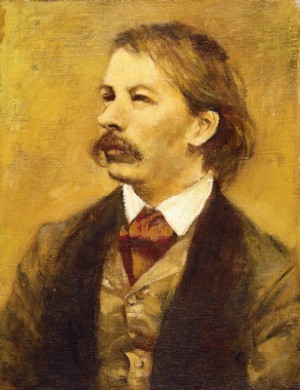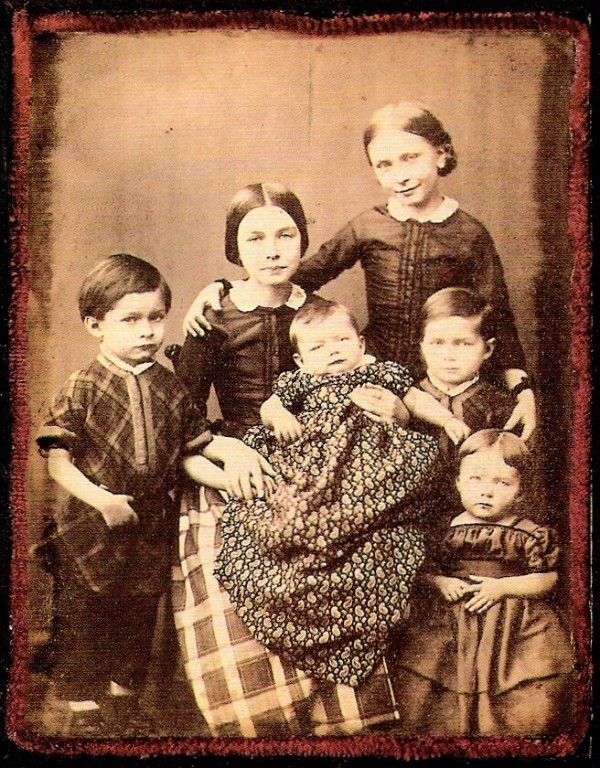One of my favourite quotes by Edvard Grieg reads, “Bach and Beethoven erected temples and churches on the heights. I only wanted to build dwellings for men where they might feel happy and at home.” It sounds a touch understated to me, because Grieg did compose a number of works that easily joined the canon of classical music.
However, Grieg is correct in that some of his works, including the Lyric Pieces did become highly popular. According to Gabriel Fauré, “Grieg’s lyric pieces were the most influential musical works in Paris during the Belle Époque, and Johannes Brahms was a friend and warm admirer of Grieg, both as a composer and pianist.”
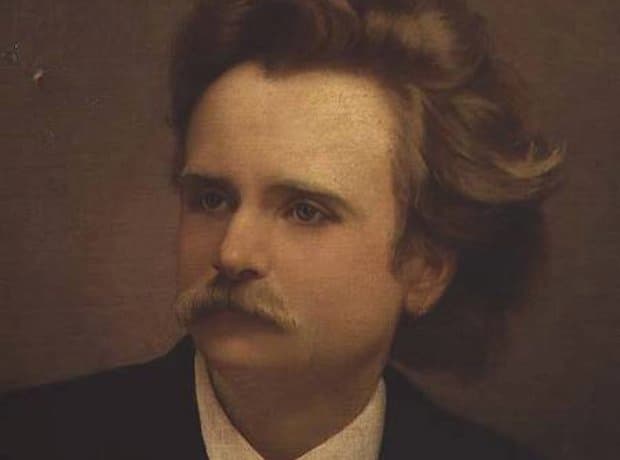
Portrait of Edvard Grieg
Grieg had met up with Brahms in Leipzig, and he writes, “I don’t understand how such a one-sided person as Brahms—one-sided in his greatness—can appreciate my music, which, so far as I can see, goes in a very different direction. But reticent though he is, he did let me know that he does appreciate it.”
Edvard Grieg: Lyric Pieces, Book 5, Op. 54 – No. 1. Gjaetergut (Herdboy) (Marián Lapšanský, piano)
Edvard Grieg: Lyric Pieces, Book 5, Op. 54 – No. 2. Gangar (Norwegian March) (Marián Lapšanský, piano)
Not to be outdone, Tchaikovsky wrote about Grieg’s music, “What charm, what inimitable and rich musical imagery! What warmth and passion in his melodic phrases, what teeming vitality in his harmony, what originality and beauty in the turn of his piquant and ingenious modulations and rhythms, and in all the rest what interest, novelty and independence.”
In my previous blog on Grieg’s Lyric Pieces, Books 1-4, we discovered that the short character piece was well suited for Grieg’s colourful handling of the harmonic resources and the purely Norwegian elements that are part of his musical vocabulary. However, it was in Book No. 5, Op. 54 dating from 1891 that Grieg reached a quality “which he would never surpass, when we consider the individual collections as a whole.”
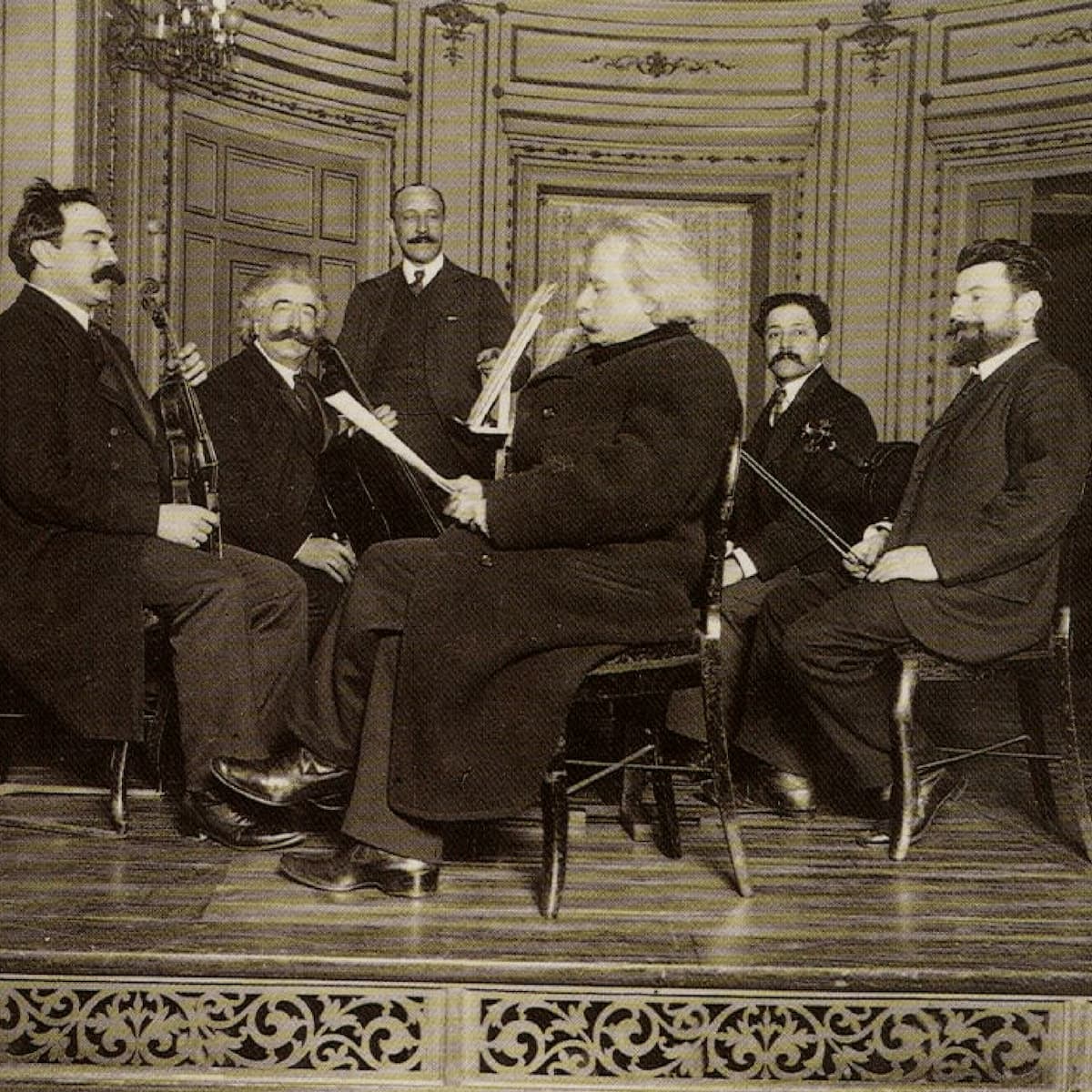
Edvard Grieg rehearsing
This fifth collection was inspired by a summer expedition in the Jotunheimen mountains. His hiking buddy relates, “we travelled in a small two-wheeled carriage to Sognefjord, from where we reached Skjolden by rowing-boat. From there the road leads uphill to Turtegro. On the way we picked up a “spillemand,” that is a player on the hardanger-fiddle, and he played us his tunes during the whole of the glorious drive.”
“Grieg listened rapt, his head nodding in time to the music, and in his hand a glass of wine which he kept offering to the player. This is Norway, he said with gleaming eyes.” On the same expedition, Grieg also met the 19-year-old milkmaid Gjendine Slaalien, whose singing and knowledge of traditional songs deeply moved him. Once again, Grieg’s focus falls on Norwegian peasant life and nature, but not necessarily represented by folk-dance inspired pieces, but rather by a development of impressions from nature.
Edvard Grieg: Lyric Pieces, Book 5, Op. 54 – No. 4. Notturno (Nocturne) (Einar Steen-Nøkleberg, piano)
Edvard Grieg: Lyric Pieces, Book 5, Op. 54 – No. 5. Scherzo (Einar Steen-Nøkleberg, piano)
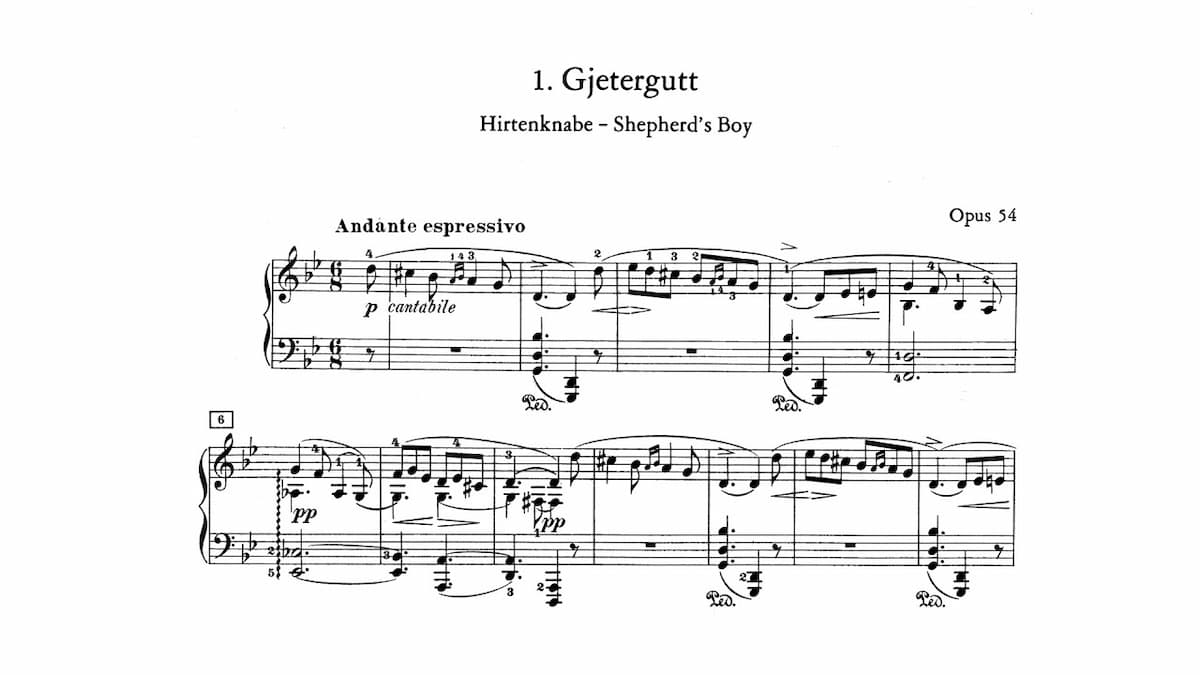
Grieg’s Lyric Pieces Op. 54 – Shepherd’s Boy music score
The opening “Shepard’s Boy” breathes the air of the Norwegian mountains, followed by a traditionally inspired “Norwegian March.” The “March of the Trolls” brings to mind the legendary creatures of Norwegian folklore, whose imaginary kingdom had already provided the inspiration for Ibsen’s Peer Gynt. The mysteries of the night are explored in the “Notturno,” which surprisingly was composed in the same year as Debussy’s “Clair de lune.”
The nightly atmosphere is cast aside by a dancing “Scherzo,” and the set concludes with the almost impressionist “Bell Ringing.” Open syncopated fifths mingle as the sustaining pedal imitates the resonance of the bells, “foreshadowing Debussy’s La cathédrale engloutie by almost twenty years.” In 1903, Grieg took four pieces from Opus 54 and arranged them for orchestra. Although the composer was not completely pleased with the results, this set was published as his orchestral Lyric Suite.

Grieg’s Lyric Pieces Op. 54 – Scherzo music score
Grieg’s piano miniature are beautifully infused with a rhythmic vitality taken from the folk dance, and from compositions based on folk music. Grieg placed great emphasis on the rhythmic element, and considered it paramount in the presentation of his works. Actually, there is a really funny story about a meeting between Grieg and Ravel in Paris, at some point in 1894.
Edvard Grieg: Lyric Pieces, Book 6, Op. 57 – No. 1. Entschwundene Tage (Vanished Days) (Marián Lapšanský, piano)
Edvard Grieg: Lyric Pieces, Book 6, Op. 57 – No. 2. Gade (Marián Lapšanský, piano)
As an eye-witnessed relates, “while the bright-eyed company discussed music, Ravel quietly went over to the piano and began to play one of the master’s Norwegian Dances. Grieg listened with a smile, but then began to show signs of impatience, suddenly getting up and saying sharply, ‘no young man, not like that at all. Much more rhythm. It’s a folk-dance, a peasant dance. You should see the peasants at home, with a fiddler stamping in time with music. Play it again!’ And while Ravel played, the little man jumped up and skipped about the room to the astonishment of the company.”
In the autumn of 1892, Grieg and his wife travelled to Copenhagen, Leipzig, and Berlin. They met with Max Abraham, head of the publishing company of C. F. Peters, and since Grieg had been troubled by some health issues, Abraham invited them to spend a holiday with him in the South of France. In the town of Menton in the Provence-Alpes-Côte d’Azur region on the French Riviera, and close to the Italian border, Grieg set to work on another series of Lyric Pieces.
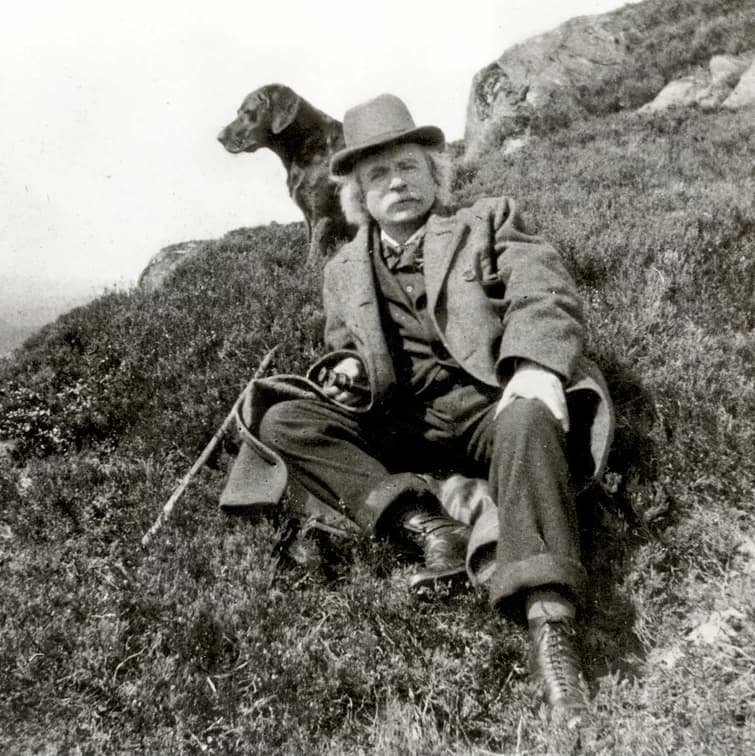
Edvard Grieg hiking
Book 6, Op 57, was published in 1893 and Grieg elicits a more restrained atmosphere of Norwegian folk music. I don’t know if it has anything to do with physically being in France, but to me, this sounds like indigenous music filtered through a central European drawing-room tradition. Most notable is probably “Homesickness,” which draws on a longing for Norwegian folk music, with the central section making explicit reference to the “springaar,” a Norwegian folk dance with an uneven rhythm. As a critic writes, “in this volume we see the cosmopolitan Grieg at works, as the melodies appear spare and impersonal and the harmonies lack their unusual spontaneity.”
Edvard Grieg: Lyric Pieces, Book 6, Op. 57 – No. 4. Hemmelighet (Secret) (Einar Steen-Nøkleberg, piano)
Edvard Grieg: Lyric Pieces, Book 6, Op. 57 – No. 5. Hun danser (She Dances) (Einar Steen-Nøkleberg, piano)
Edvard and Nina Grieg rather enjoyed their time in France, and they returned one year later to Menton. They also visited Paris and then travelled to England for Edward to receive his honorary Cambridge doctorate. As he writes to a friend, “On Thursday, I’ll play a comic role in Cambridge. Costume: blue and white surplice, medieval cap. Scene: a festively decorated street. Action: procession through the town. This is how Saint-Saëns described it to me in Paris.”
Grieg was not impressed with what he called a “sickeningly laughable affair.” As he told Delius two days later, “I didn’t laugh, because I was already sick, and the first thing I had to do as a fresh-baked doctor was—go to a doctor myself.” All through 1894, Grieg was busily composing and arranging, and he also went to work on the seventh volume of Lyric Pieces, eventually issued as Op. 62.
Edvard Grieg: Lyric Pieces, Book 7, Op. 62 – No. 2. Tak (Gratitude) (Marián Lapšanský, piano)
Edvard Grieg: Lyric Pieces, Book 7, Op. 62 – No. 3. Fransk serenade (French Serenade) (Marián Lapšanský, piano)
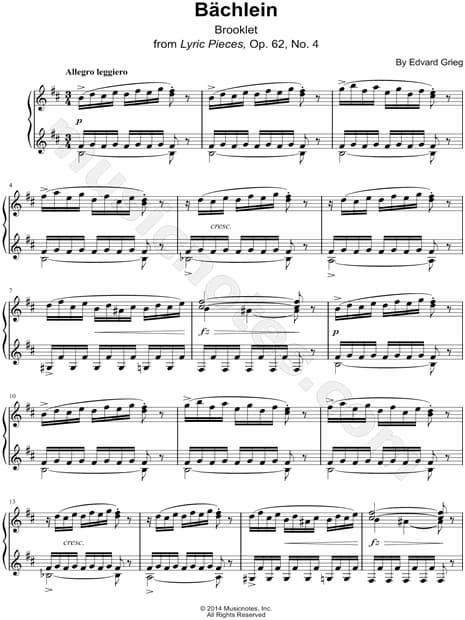
Grieg’s Lyric Pieces Op. 62 – Brooklet music score
In some of the pieces, particularly “Sylph,” “Gratitude,” and “Phantom,” Grieg returns to the salon style of the previous set, but the “French Serenade” provides some charming and melodious interest. In general however, the mood of this set is rather cheerful and the piano writing becomes more virtuosic. In “Brooklet” and “Homeward,” however, Grieg returns to some of the best aspects of his Opus 43 and 54 sets.
The sparkling “Brooklet” is almost impressionistic and rather difficult to play. It once again draws upon pure and original sources, and “Homeward” is quintessential Grieg. The exuberant opening rapidly accelerates to a fermata and a serene second subject that shadows the beautiful melody in “Last Spring.” The folk-like theme, rhythmic verse and almost amusing chord progression find Grieg at his absolute best.
Will you please join me for the upcoming and final episode on Grieg’s Lyric Pieces, as we listen and explore his Books 8 to 10, which include the hugely popular “Wedding Day at Troldhaugen.”
For more of the best in classical music, sign up for our E-Newsletter
Edvard Grieg: Lyric Pieces, Book 7, Op. 62 – No. 5. Phantom (Antonio Pompa-Baldi, piano)
Edvard Grieg: Lyric Pieces, Book 7, Op. 62 – No. 6. Homeward (Antonio Pompa-Baldi, piano)

